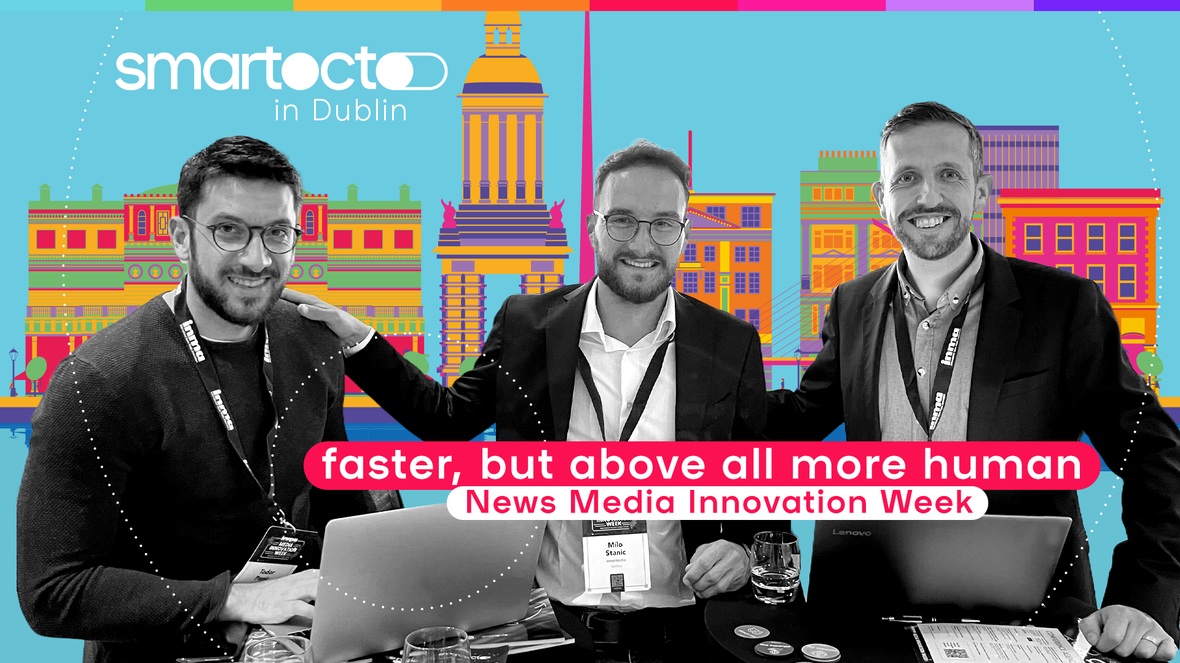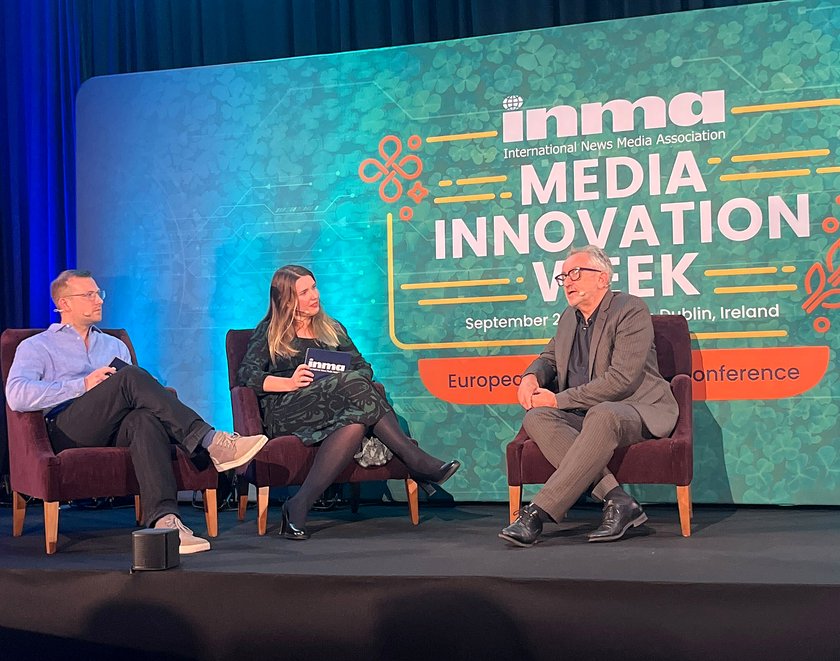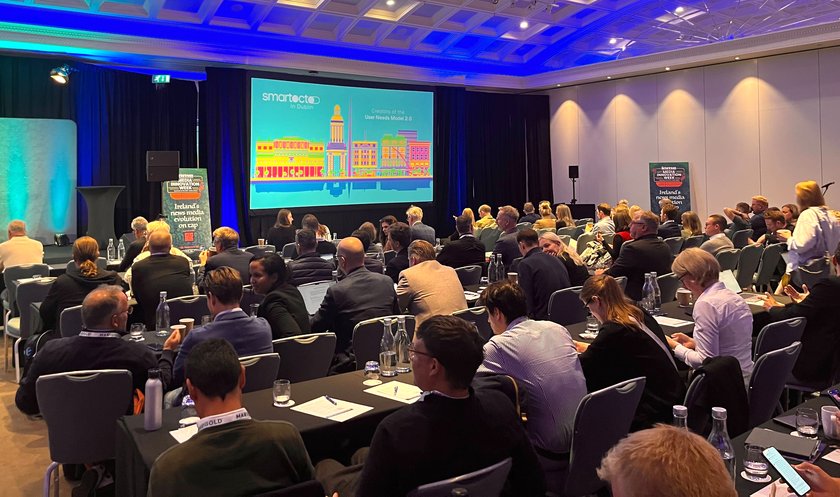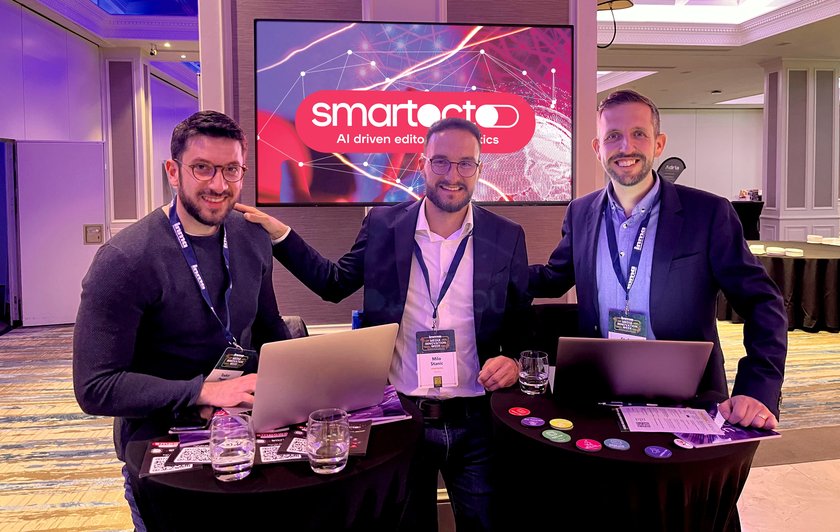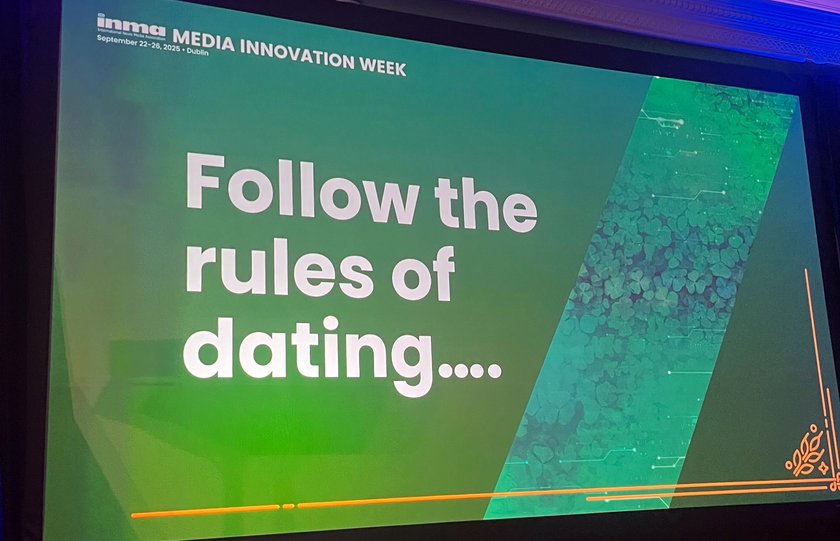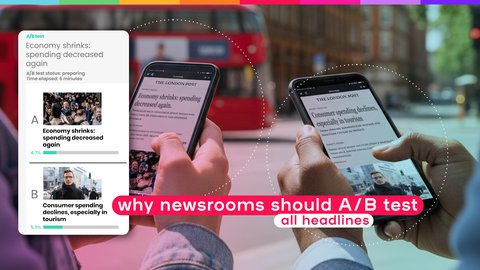While every news organisation is determined to speed up its digital transition, the question of how to do so remains wide open. If one theme lingered most strongly during the Media Innovation Week in Dublin, it was the call to remain human.
More than 300 media professionals from across the globe were confronted during Earl Wilkinson’s opening speech with some uncomfortable truths: press freedom is under pressure, and in the long run we cannot rely on ‘search’ and ‘social’ to keep driving traffic to our websites. Both Artificial Intelligence and social video are brimming with opportunities and risks, but the concrete examples on stage showed how innovation in these areas is dividing newsrooms.
- Not everyone in the newsroom is convinced that media should go all-in on AI and (social) video. One of the most frequently asked questions was: how do you persuade colleagues to adapt faster to global developments?
- And even when the willingness to change is there, the chosen routes and pace differ widely. Some titles put their energy into strengthening their brand (with ‘trust’ frequently cited as a key metric), while others dig deep into technology, chasing economies of scale through Artificial Intelligence.
Differentiation in media
The three-day programme offered a full menu: ways to differentiate in pricing, audience, and product. Differentiation was the common denominator. As we at smartocto often argue, you must carve out your unique place in the ecosystem of reliable online information. But differentiation was also interpreted as charging one reader more than another if you can demonstrably deliver extra value. It sounds logical, yet in conversations over coffee I also encountered raised eyebrows: is that truly fair?
